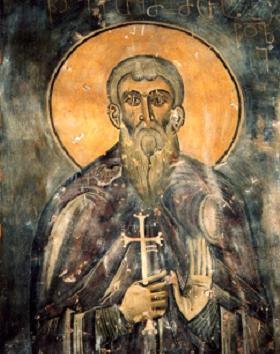7 I (4.45 Warsaw time): Marzena Wojtczak , How to become a monastic superior? – legal perquisites & mundane realities in late antique papyri

Abstract
The literary sources that tell of monastic life and spiritual leaders of their communities paint the picture of charismatic founders and their successors, who excel in ascetic practices and religious devotion. Monastic elites, according to these texts, comprised of individuals who led a long and pious life devoted to prayer and discipline, and who frequently were talented leaders and orators. This, naturally and deservedly so – led them to the highest offices within the community.
Once the monastic movement reached such a magnitude that its existence could no longer be left without proper institutional surveillance, the nature and the exact procedure of investiture gained on importance and began to interest both Church and secular authorities.
In this paper I would like to focus on the legal prerequisites and mundane realities of the transfer of headship over monastic communities in late antique Egypt. My aim here is to see how the documents of legal practice relate to the imperial legislation dealing with the appointment of a hegumen. The analysis of the procedure of the choice of an abbot will also allow us to make further comments on the legal framework, in which the monastic communities functioned. Finally, it will lead us to some conclusions regarding the legal status of those communities and the existence of their separate ‘legal capacity’.
